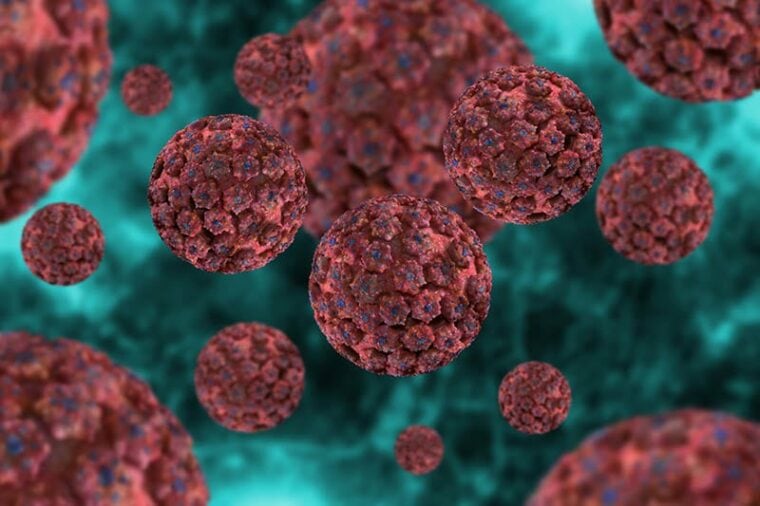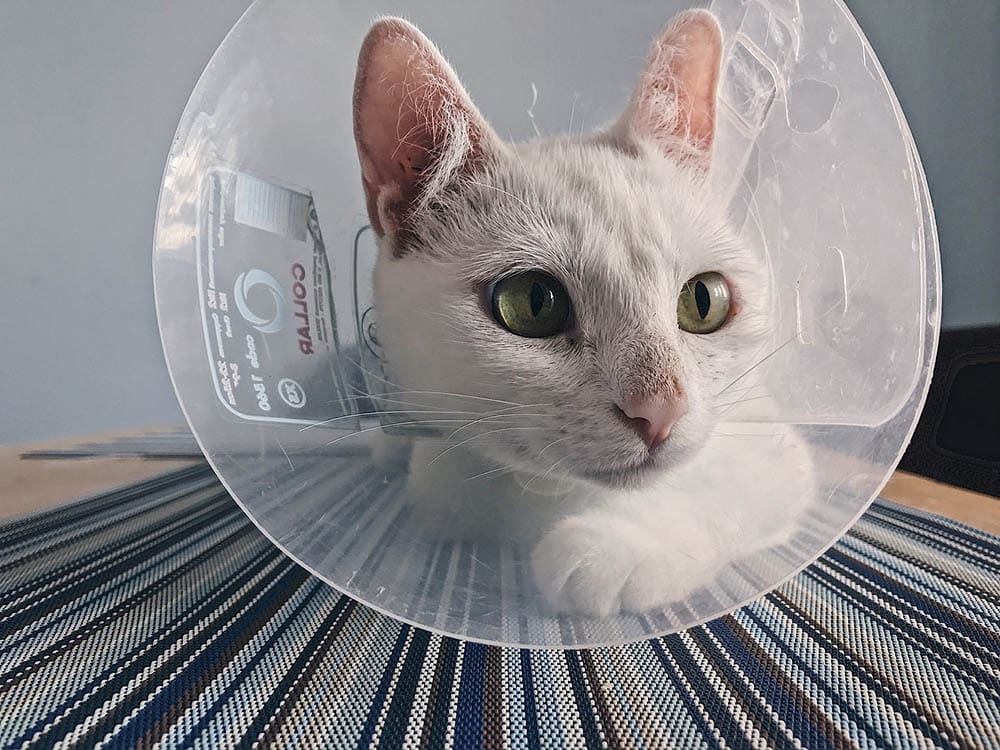
A papilloma in a cat is caused by the virus—papillomavirus. The virus will cause growths to pop up that appear as a flat plaque, or rarely, as a cauliflower-like growth. These growths can pop up at any time, though they are most common in younger cats.
Continue reading to learn more about papillomas in cats.
What is a Papilloma?
Papillomas are typically small, wart or cauliflower-like growths that appear on the skin in dogs. Compared to dogs, this condition is rare in cats. Papillomas in cats can sometimes appear as the typical, cauliflower-like wart. However, more commonly, the growths can be fairly flat and even appear scaly.
Unfortunately, in cats, sometimes papillomas are associated with cancer. The link between certain cancers and different strains of the feline papillomavirus is still being studied. Because of this link, the evaluation of any growths on your cat by a veterinarian is always recommended. While papillomas in dogs are typically benign, the risk for a papilloma growth in a cat to develop into a malignant cancer is not without possibility.
What Are the Signs of a Papilloma in Cats?
The type of papilloma that develops depends on the specific viral strain. You may notice cauliflower-like growths in the mouth and/or on the lips of your cat. These can range in size. Other signs of papillomas in cats will be a flat, plaque-like tumor.
These tumors can sometimes be scaly and only slightly raised. Still, other papillomas may be associated with different malignant tumors in cats. A good rule of thumb is that any lump, bump, mass, or growth should be tested by your veterinarian because just looking at it with the naked eye is not sufficient enough to rule out cancer.

What Are the Causes of a Papilloma?
Papillomas are caused by a virus, the papillomavirus. The virus will cause the growths to appear on the skin. Papillomavirus is species-specific, meaning that each species of animal has their own specific virus. This is important to remember because that means that you cannot catch the papillomavirus from your cat, and likewise, your cat cannot catch the papillomavirus from you.
Many species can be carriers of papillomavirus and never develop a papilloma. The growths tend to appear most in animals who have a compromised immune system. This means that either their immune system is not mature, such as in kittens or young cats. Or, it can mean that their immune system may be weakened from other diseases, such as cancer, diabetes or other viruses.

The papillomavirus is transmitted from an infected cat to another cat by direct contact and/or through sharing toys, bedding, and bowls. The virus needs a cut, bite, or break in the skin to gain access to the healthy cat’s system. Once it gains access, the newly infected cat may just be a carrier and not develop warts. However, if the newly infected cat is immunocompromised and/or young, then they may start to develop the skin warts.
How Do I Care for a Cat with a Papilloma?
Cats should not be allowed to chew, lick, or bite at their growth. This may cause the mass to become infected and/or start to bleed. Depending on where the growth(s) are, you can put an e-collar on your cat, or even a t-shirt to prevent them from bothering it.
Placing a bandage or ointment on your cat is never recommended without direct supervision from your veterinarian. Improperly placed bandages may cause trauma and become infected. Ointments may be toxic to your cat or cause more irritation to the surface of the skin.
All lumps, bumps, and masses should always be evaluated by your veterinarian. If you are unable to get an appointment right away, monitor the area by taking pictures once a day. This will help you build a timeline of any visible changes in the growth that you may not notice at a glance.

 Frequently Asked Questions (FAQs)
Frequently Asked Questions (FAQs)
Will the papillomas go away on their own?
Some papillomas will end up resolving on their own after a few months if the cat becomes immune to them. However, because some papillomas in cats are associated with cancer, surgical removal is often recommended.
How can a papilloma be diagnosed?
Your veterinarian can either try to diagnose the mass with a fine needle aspirate or a biopsy. The aspirate only obtains a small sample of cells to test, while the biopsy will take a piece of tissue to test. Either test is sent to a lab for a board-certified pathologist to diagnose.

Conclusion
Papillomas in cats are much more rare than in dogs. The growths are caused by the feline papillomavirus. It’s important to remember that each virus is species-specific, meaning that only cats can become infected with the feline papillomavirus—so there is no risk of it spreading to yourself, your dog, or other pets aside from cats. Unfortunately, some papillomas in cats are being linked to cancers. Because of this, it’s always recommended to have any lumps evaluated and tested by your veterinarian.
Featured Image Credit: Ezume Images, Shutterstock


 Frequently Asked Questions (FAQs)
Frequently Asked Questions (FAQs)



